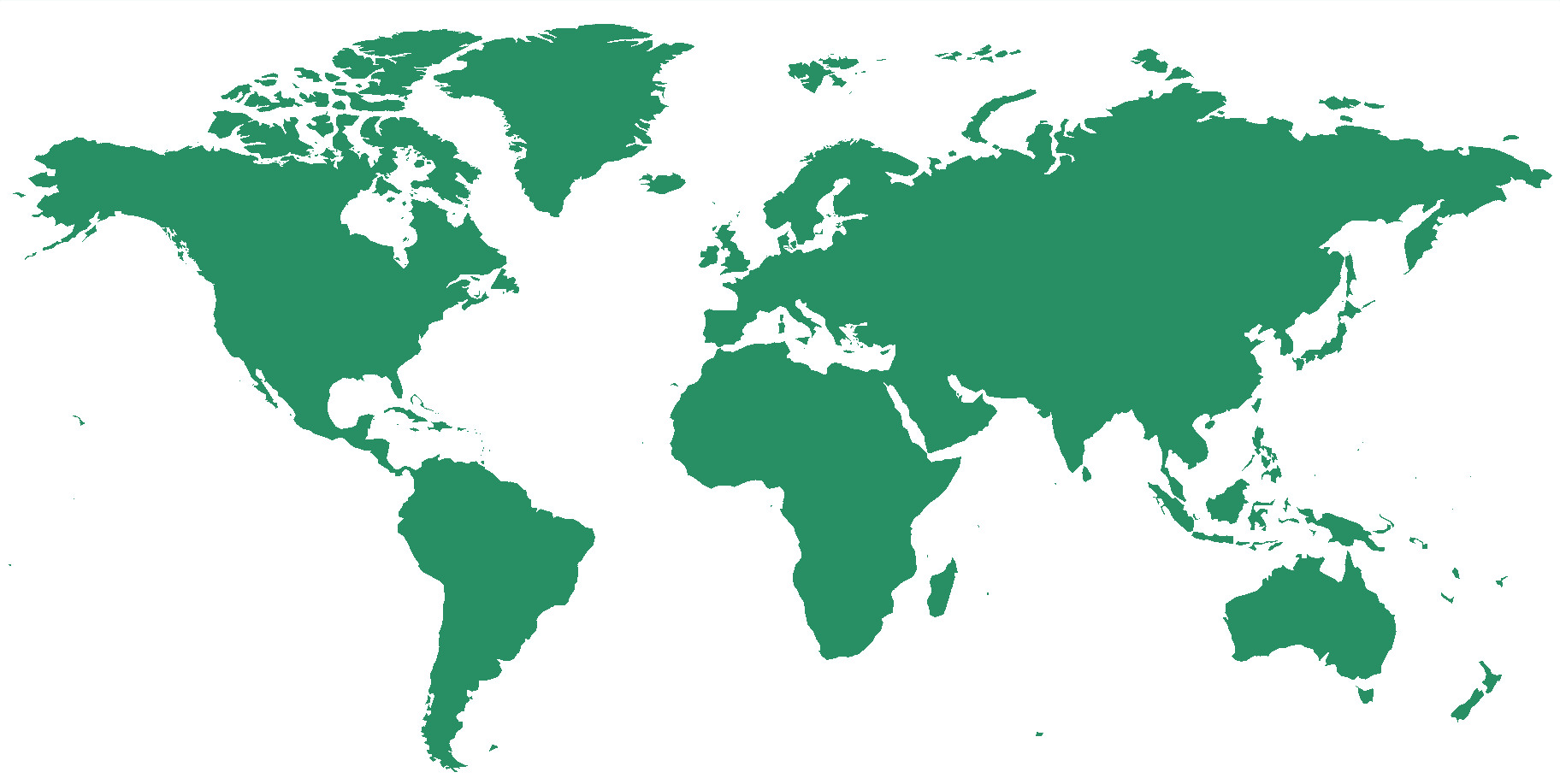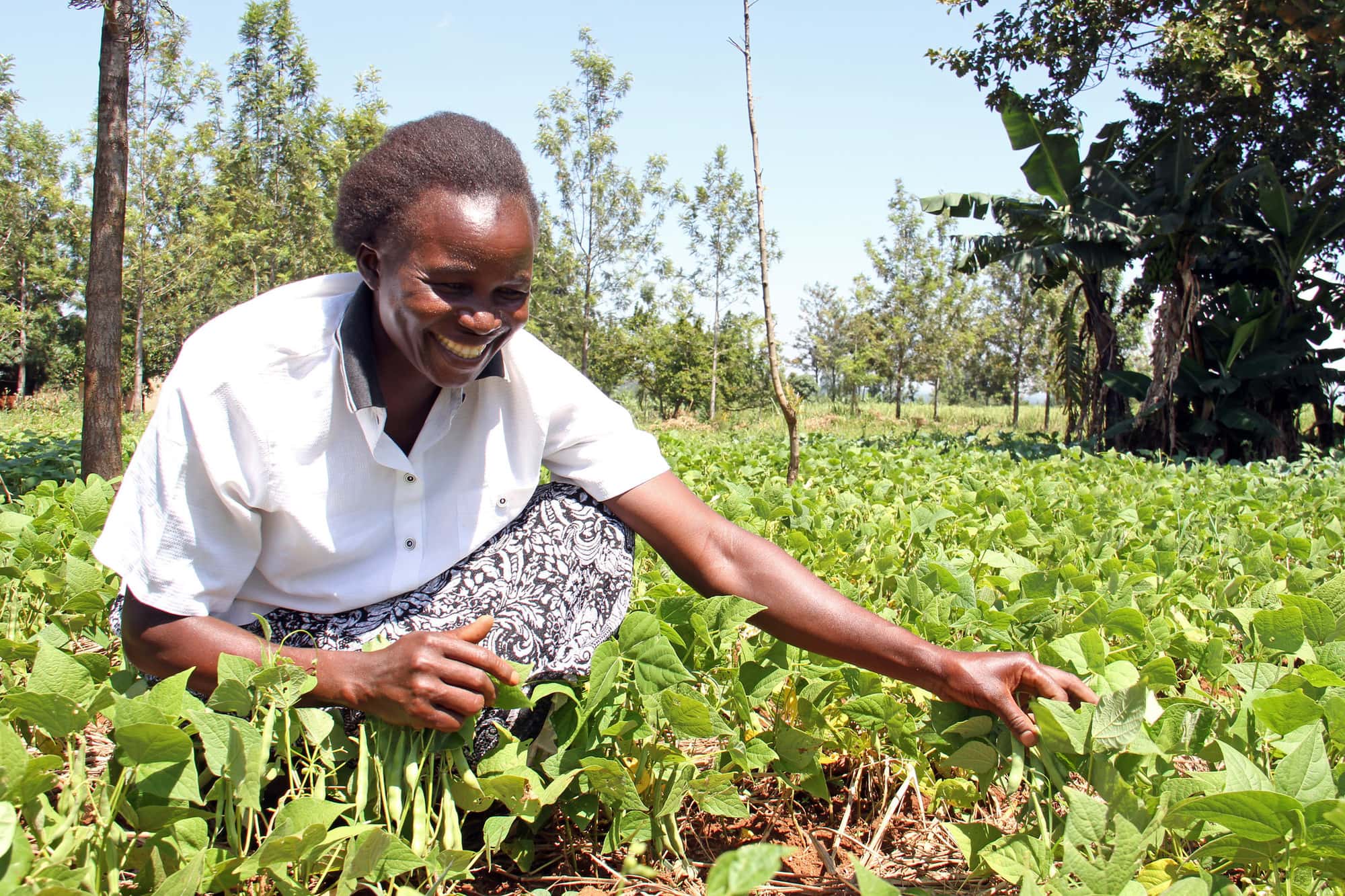A trailblazing agreement with UNEP allows scientists with CGIAR’s Nature-Positive Solutions Initiative to identify the best net-positive agricultural practices. The work could guide a decade of implementation of agricultural change to make food production biodiversity-friendly, climate-resilient and pollution-free. The research will guide context-specific implementation of nature-based solutions in agriculture that will benefit individual farmers, communities, and regions, potentially reversing decades of negative impacts associated with unsustainable farming practices.
There is no shortage of ways to produce food in a manner that benefits nature, nor lack of urgency for requiring food systems to undergo radical transformation. But what evidence supports the best practices that can be implemented at scale as part of the food system transformation? A new project within CGIAR’s Nature-Positive Solutions Initiative aims to answer that question ― and to debunk a few myths along the way.
Funded by UNEP, the project aims to untangle existing evidence for the common practices pitched today as net-positive. Agroecology, sustainable intensification, and conservation, regenerative, organic, and climate-smart agriculture, are a few examples.
“The project will provide tangible information for smallholder farmers, governments, and investors to understand and better implement net-positive agriculture practices,” explains Carlo Fadda, an Alliance researcher and leader of the Nature-Positive Solutions Initiative. “We want to focus on practices, not concepts, and demonstrate what actions can produce net-positive outcomes for nature and smallholders.”
The complete analysis will arm partner organizations like UNEP with the information needed to pursue policies that boost net-positive agriculture in Asia, Africa, and Latin America.
Be positive
This work is part of a global effort to understand and implement much-needed changes in food systems. Much of today’s agriculture is unsustainable, as evidenced by stagnant yields, poor soils, conflict related to water resources (much of which is polluted by agriculture), biodiversity loss, and widespread food and nutritional insecurity.
But there are reasons for optimism. The extent to which food production suffers from ― and contributes to ― the global climate crisis is better understood today than even just a few years ago. The first United Nations Food Systems Summit in 2021 showed there is global support for making agriculture less of a burden on nature while improving food security and nutrition.
“The project will provide tangible information for smallholder farmers, governments, and investors to understand and better implement net-positive agricultural practices. We want to focus on practices, not concepts, and demonstrate what actions can produce net-positive outcomes for nature and smallholders.” — Carlo Fadda, leader of the Nature-Positive Solutions Initiative and the Agrobiodiversity research area of the Alliance of Bioversity International and CIAT
The Nature-Positive Solutions analysis will show where there is strong evidence that a particular practice is net-positive. Preliminary results show that, for example, no-till farming provides cascading benefits that start with improved soil quality and can lead to increased production, food security, and financial gains for farmers.
The analysis will also help debunk myths related to upending the status quo in agriculture. One example is the view that increasing crop diversity leads to decreased yields when evidence shows this is not always true.
Other practices still need to point to overall wins, but this isn’t necessarily because the practices don’t work. A lack of evidence points to the need for more research to fill knowledge gaps or to properly understand why, and under what contexts, a practice labeled “sustainable intensification,” for example, might have undesirable tradeoffs. Understanding the downside of any net-positive intervention will be critical as implementation increases in the coming years.
Positive outcomes
Through the exploration of almost 10,000 research articles, 20 of the most common practices that can be considered nature-positive, climate-negative (meaning the activity does not contribute to exasperating climate change or may mitigate it through increased on-farm greenhouse gas capture) and pollution-free solutions will be analyzed.
Expected results include an easy-to-use table that lists different practices and the confidence that the current evidence points to the pillars of net-positive agriculture, including the three listed above (nature-positive, climate-negative and pollution-free) and several elements related to farmer well-being.
The table will provide guidance on what agricultural practices are to be avoided or can be used in a complementary fashion. It will also grade agricultural practices, ranging from “high agreement” resulting from high-quality evidence to “unresolved” regarding the scientific consensus and quality evidence.
The analysis will outline limitations on implementation of sustainable agricultural practices faced by farmers and others in the food system. It will help policymakers understand potential hurdles to implementation and develop strategies to address these. Finally, the analysis will produce several narratives related to the evidence that supports or contests the net-positive credentials of each practice.
“The value of this information is hard to understate,” says Fadda. “With increased clarity on what types of agricultural activities are best for nature, the climate, nutrition, and food security for the most vulnerable, the Alliance and its partners can implement actions that will provide multiple benefits even in the face of increasing climate and social challenges.”
Header photo: Fuel wood collections in smallholder farming systems just outside Ouagadougou, Burkina Faso. Photo by Christopher Kettle/Alliance of Bioversity International and CIAT





